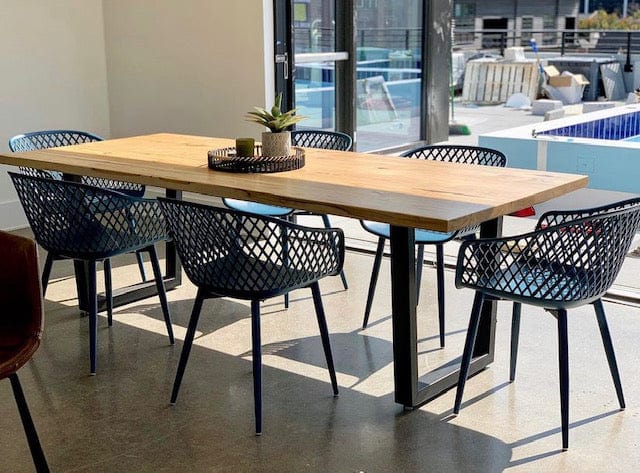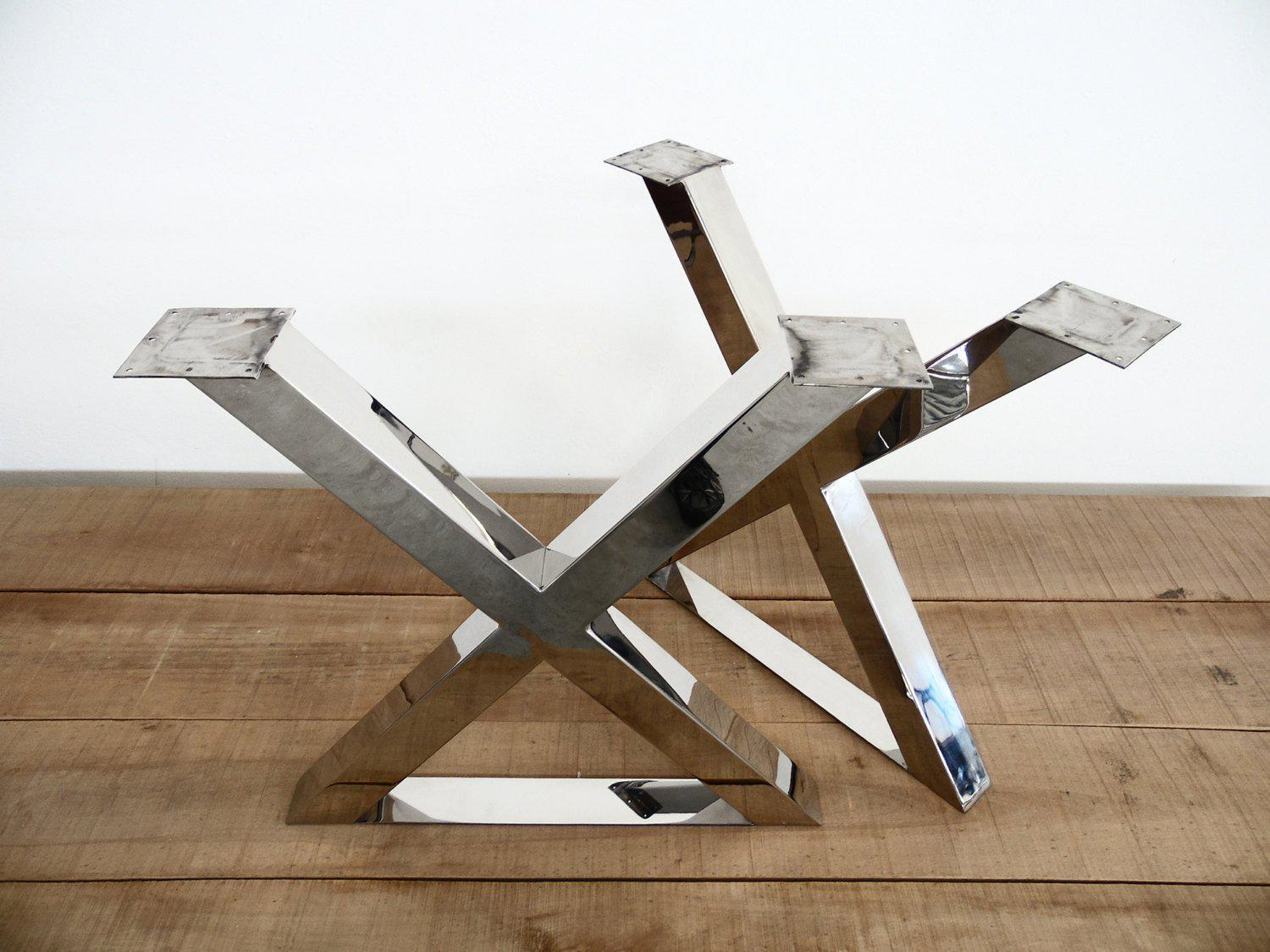Custom Dining Room Table Legs: A Stylish Enhancement to Any Kind Of Home
Custom Dining Room Table Legs: A Stylish Enhancement to Any Kind Of Home
Blog Article
Picking the Perfect Dining Table: What Styles Work Best for Your Home?
Choosing the excellent dining table for your home can be a nuanced process that stabilizes appearances and functionality. Whether your space leans in the direction of traditional beauty, contemporary minimalism, rustic beauty, or industrial stylish, the range of designs offered can deal with varied tastes. Each layout offers unique advantages and challenges that can either enhance or disrupt your dining location's harmony. Recognizing how different products, shapes, and dimensions communicate with your existing decor is crucial. To navigate these selections efficiently and find a table that genuinely complements your home, think about the complying with aspects thoroughly.
Examining Your Space
Assessing the dimensions and layout of your eating area is a critical first step in picking the excellent eating table. Begin by determining the size and size of the room, representing entrances, windows, and other architectural functions that can influence table positioning. This makes certain that your table not just fits but likewise permits comfy motion around it.
Think about the number of individuals you usually delight. A table must accommodate your family's daily requirements while offering adequate versatility for periodic guests. As a rule of thumb, allocate at the very least 24 inches of table size per person to make certain a comfortable dining experience.
It's likewise important to maintain ideal clearance around the table. Ideally, there ought to be at least 36 inches in between the table edge and walls or various other furniture, allowing easy accessibility and movement. For rooms where chairs with arms or added storage space units like buffets are included, boosting this clearance to 48 inches is suggested.
Illumination and environment play substantial functions. Make certain that your table aligns with existing lights fixtures or strategy for adequate illumination solutions. This extensive spatial evaluation warranties that your eating table not just fits physically yet likewise harmonizes with your room's overall functionality and visual.
Popular Table Styles

Conventional table commonly include luxuriant details, rounded legs, and rich wood coatings, stimulating a sense of ageless sophistication. They are perfect for homes with timeless style or those seeking to include a touch of sophistication to their eating location.
Modern eating tables prioritize simpleness and clean lines, often integrating materials like glass and metal. These tables are ideal for modern areas, offering a smooth and clean appearance that complements minimalist style viewpoints.
Rustic table, on the various other hand, emphasize all-natural products and a handcrafted look - dining room table legs. They usually include redeemed timber and a distressed finish, producing a cozy and welcoming ambience. These tables work well in farmhouse-style homes or those seeking a relaxing, natural feeling
Industrial eating tables combine raw products such as metal and timber, usually showcasing an utilitarian aesthetic. This design is well-suited for loft spaces or metropolitan areas, including a touch of sturdy appeal and toughness to the dining experience.
Each style provides unique advantages, making it necessary to choose Website one that aligns with your home's total design and your individual choices.
Material Selections
When choosing a table, the selection of material plays an essential duty in establishing both the table's looks and functionality. Timber, steel, glass, and composite products each deal one-of-a-kind advantages and difficulties, making it imperative to line up the product with your home's decor and way of living demands.
Timber is a classic and versatile option, offered in selections such as oak, walnut, and mahogany. Known for its sturdiness and heat, wood enhances both typical and modern insides. However, it needs routine upkeep to stop scratches and warping.
Metal tables, frequently crafted from stainless-steel, aluminum, or wrought iron, are commended for their contemporary allure and effectiveness. They are specifically suited for commercial or minimalist settings however can be vulnerable to damages and might really feel chilly to the touch.
Glass table bring an air of sophistication and openness, ideal for smaller sized spaces as they produce an impression of even more room. While easy to clean, glass can be at risk to smudges and requires cautious managing to avoid chips and fractures.
Composite materials, such as MDF and plywood, offer cost-efficient and customizable options, though they might do not have the durability of all-natural materials. Choosing the appropriate product ensures your table is both a practical asset and an aesthetic pleasure.
Sizes And Shape Considerations
After establishing the appropriate material for your eating find here table, the next factor to consider is picking the appropriate form and size to match your room. Conversely, round tables promote a feeling of affection and are superb for smaller sized eating areas, motivating conversation by eliminating edges and making every person really feel equally included.
Size is equally vital and ought to be dictated by both the space's measurements and the variety of individuals you intend to seat consistently. Generally of thumb, assign a minimum of 24 inches of table width per individual to guarantee comfortable eating. Furthermore, take into consideration the table's clearance room: there need to go to the very least 36 inches in between the table edge and the walls or various other furnishings. This guarantees that diners can walk around conveniently without really feeling confined. Prolonging tables supply adaptability if you regularly hold larger gatherings, offering added seats when required without inhabiting extra space daily. Selecting the right shape and size ensures both functionality and aesthetic harmony in your eating location.
Matching Your Design
Selecting a table that balances with your existing decoration is critical in creating a natural and inviting area. Begin by evaluating your present interior decoration style, whether it be contemporary, conventional, her explanation rustic, or eclectic. The eating table must match the general aesthetic, not contend with it. A sleek, minimal table with tidy lines is suitable for a modern home, while a vintage, elaborate table fits an extra typical setting.
Shade and product are equally considerable. If your style features warm tones and natural materials, consider a wooden table to enhance the natural feeling. On the other hand, a glass or metal table may be much more suitable in a space dominated by awesome shades and commercial elements. Pay interest to the finish, as it should mirror other furniture and fixtures to preserve harmony.
Structure plays a critical role. A rough-hewn, reclaimed timber table can add character to a rustic room, while a refined marble surface area can boost an extravagant dining location. Take into consideration the range and proportion of the table in connection to the area size and existing furnishings. A well-matched table not only boosts aesthetic charm but additionally enhances the overall eating experience.

Conclusion
Choosing the ideal eating table requires careful consideration of area, design, materials, form, and dimension. Conventional tables complement classic interiors with abundant timber finishes, while contemporary tables match contemporary settings with glass and metal.
Report this page